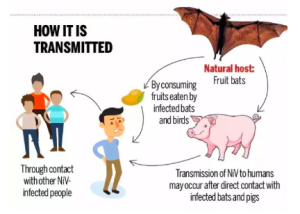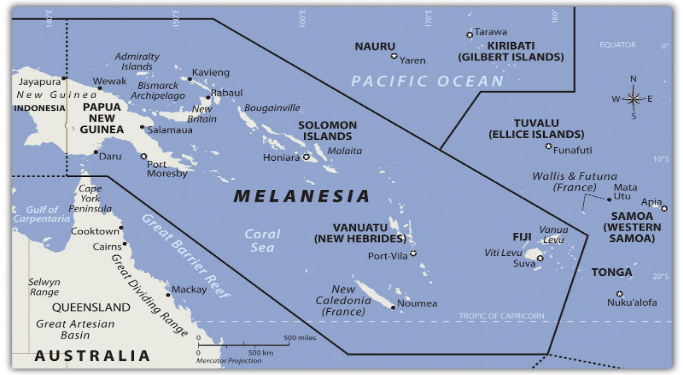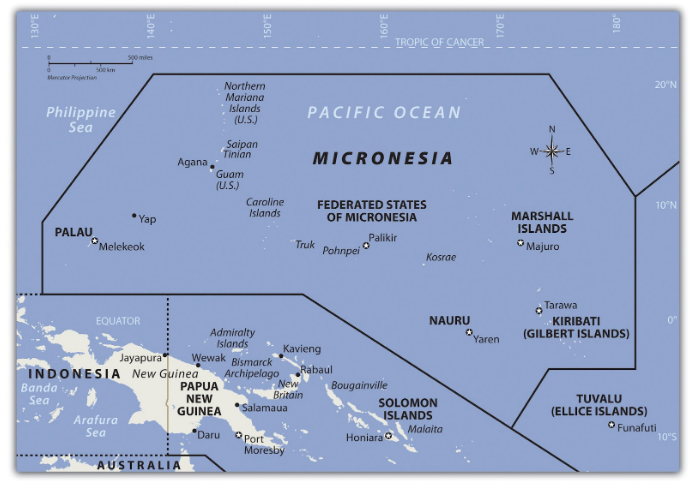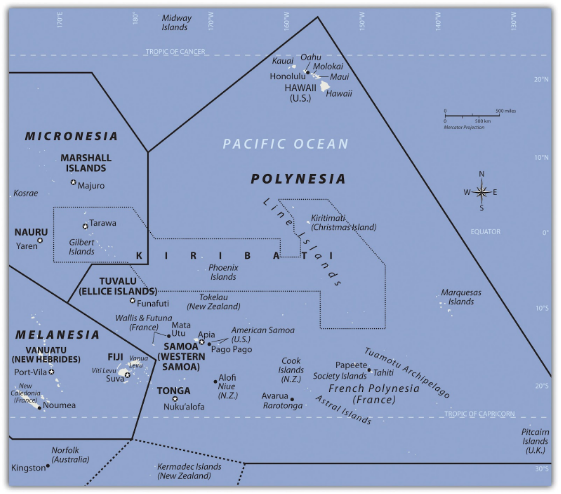Context:
Recently, Lok Sabha passed the Biological Diversity (Amendment) Bill 2021 to amend the Biological Diversity Act, 2002.
| PYQ:
Q. How is the Government of India protecting traditional knowledge of medicine from patenting by pharmaceutical companies? (2019) |
About Biological Diversity Act, 2002:
Key Provisions of the Biological Diversity (Amendment) Bill, 2021:
| Provision | The Biological Diversity Act, 2002 | Biological Diversity Amendment Bill 2021 |
|
Prior intimation required to SBB (for certain domestic entities)
|
Prior intimation to SBB
|
| Offenses & Penalties |
|
|
|
|
|
|
— |
|
|
– |
|
|
— |
|
|
– |
|
|
|
|
Concerns
About Nagoya Protocol:
About Benefit Sharing?
|
Significance of Biological Diversity (Amendment) Bill, 2021 :
Way Forward:
About Biodiversity:
Constitutional Provisions relating to Biodiversity:
United Nations Convention on Biological Diversity:
|
News Source: The Hindu
Context:
A landslide in Maharashtra’s Raigad district has once again brought attention to the Dr. Madhav Gadgil report on conserving the Western Ghats.
About Gadgil Commission:
About Western Ghats:
|
Recommendations of the Dr. Madhav Gadgil report on the Western Ghats:
The Kasturirangan-led panel formulated a report as an alternative to the Gadgil Reports:
Key suggestions of the Kasturirangan panel report:
About Landslide:
Landslide Prone Regions of India:
Source: NDMA |
News Source: The Indian Express
Context:
Indian Council of Medical Research’s National Institute of Virology (ICMR-NIV) has found evidence of the Nipah virus circulation in the bat population across nine states and one Union Territory.
About Nipah Virus:
 It belongs to the family Paramyxoviridae, genus Henipavirus.
It belongs to the family Paramyxoviridae, genus Henipavirus.News Source: The Indian Express
Context:
Due to the large number of available written-off loans with lenders and the government’s efforts to recover these loans, ARCs are utilizing the chance to purchase these loans.
About Asset Reconstruction Companies (ARCs):
| Additional Information:
About National Asset Reconstruction Company Limited (NARCL):
|
News Source: Livemint
Context:
What are White Label ATMs (WLAs)?
Operation of WLAs:
Benefits of WLAs
Limitations of White Label ATMs:
News Source: pib
Context:
T+1 Trade settlement:
T+0 Trade settlement:
What is meant by trade settlement?
News Source: Indian Express
Context:
Pacific Islands:
 Image Credits: saylordotorg.
Image Credits: saylordotorg.
 Image Credits: saylordotorg.
Image Credits: saylordotorg.
 Image Credits: saylordotorg.
Image Credits: saylordotorg.
News Source: Live Mint
SC Verdict on Newsclick Shows Adherence to Due Pro...
Stay Invested: On Chabahar and India-Iran Relation...
Credit Rating Agencies, Impact on India’s De...
Catapulting Indian Biopharma Industry
Globalisation Under Threat, US Import Tariffs Have...
Global Report on Hypertension, Global Insights and...
<div class="new-fform">
</div>
